2021 Mercedes-Benz S-Class Breaks Cover While Cold Weather Testing

Spy photographers have caught the next-generation Mercedes-Benz S-Class testing for the very first time.
Expected to arrive in 2020, the flagship sedan will be larger than today’s model, resulting in even more passenger space. As we previously reported, the German automaker will focus on more advanced autonomous features for the new S-Class, which means the next model will have near-fully autonomous capabilities. In addition, the next S-Class will make heavy use of electrification, as Mercedes continues to invest heavily into the EQ sub-brand. Expect the next S-Class hybrid variant to offer more performance and range than the current S560e that recently joined the lineup.
SEE ALSO: Level 3 Semi-Autonomous Driving is Coming to the S-Class as an Option
Rumors suggest that it’s just a matter of time before an all-electric S-Class is introduced, but it likely won’t be soon. Sources believe battery technology isn’t advanced enough to justify an all-electric variant in time for the new S-Class launch in 2020. But it’s possible one might be introduced later on in the model’s lifecycle.
Discuss this story on our Mercedes-Benz Forum

Jason Siu began his career in automotive journalism in 2003 with Modified Magazine, a property previously held by VerticalScope. As the West Coast Editor, he played a pivotal role while also extending his expertise to Modified Luxury & Exotics and Modified Mustangs. Beyond his editorial work, Jason authored two notable Cartech books. His tenure at AutoGuide.com saw him immersed in the daily news cycle, yet his passion for hands-on evaluation led him to focus on testing and product reviews, offering well-rounded recommendations to AutoGuide readers. Currently, as the Content Director for VerticalScope, Jason spearheads the content strategy for an array of online publications, a role that has him at the helm of ensuring quality and consistency across the board.
More by Jason Siu



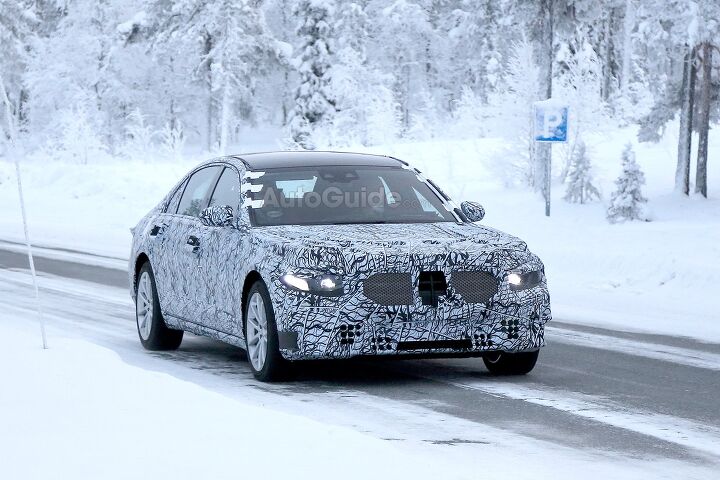


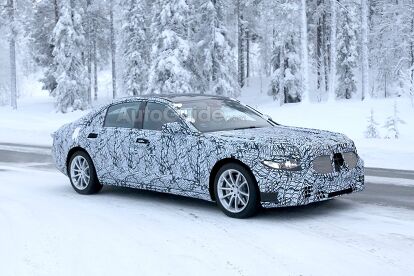





















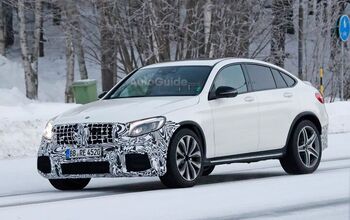
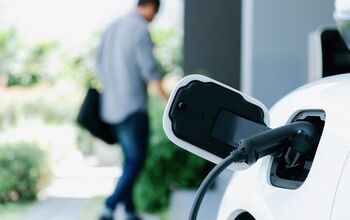
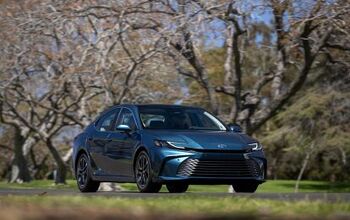
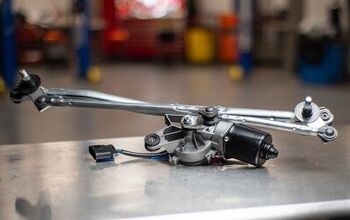
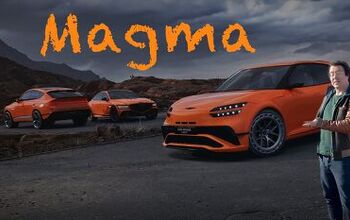
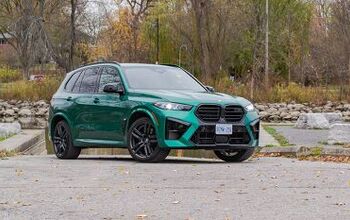
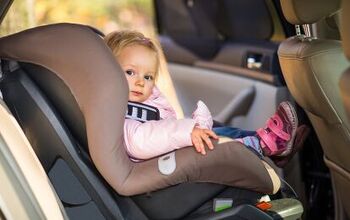

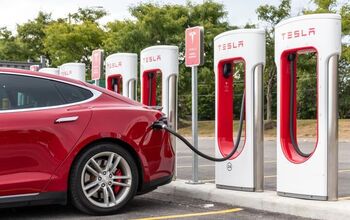
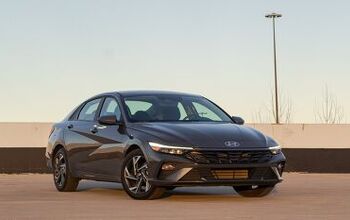


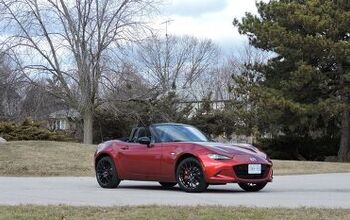


Comments
Join the conversation